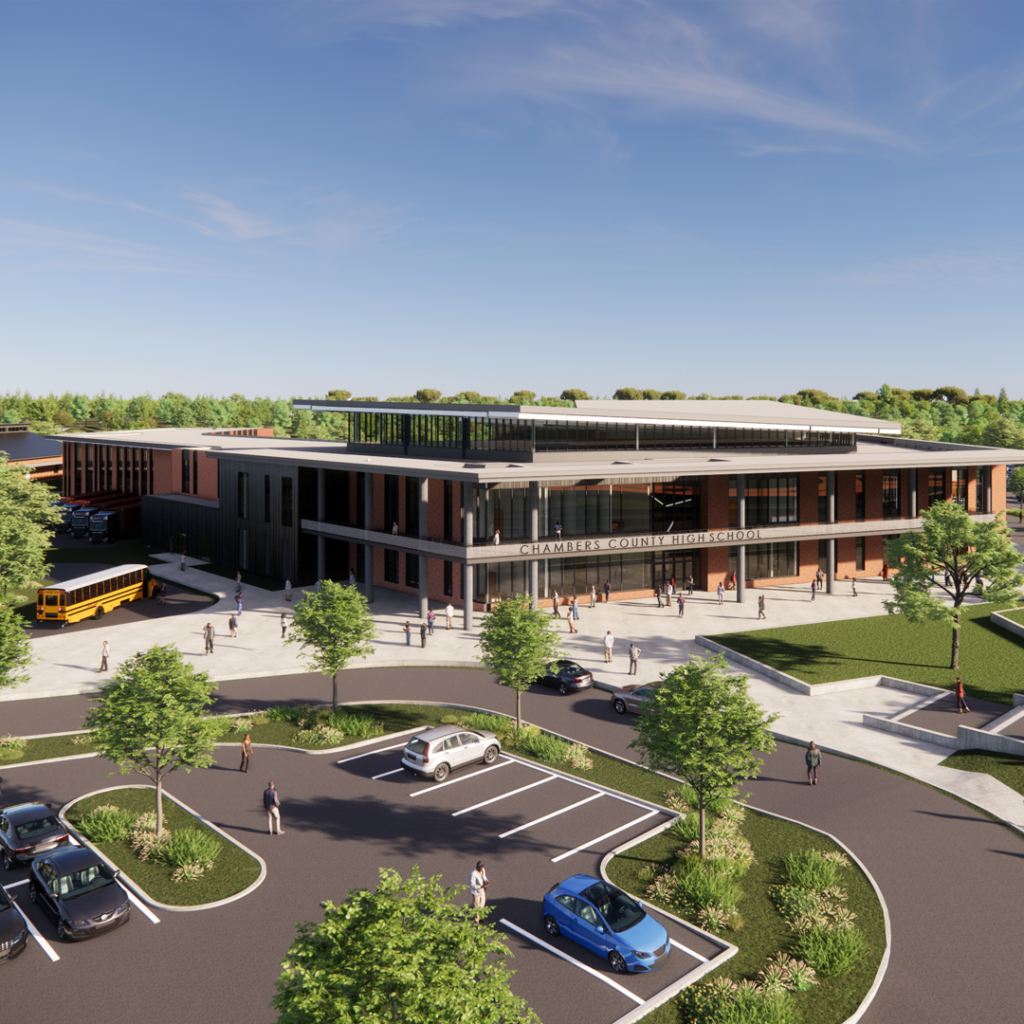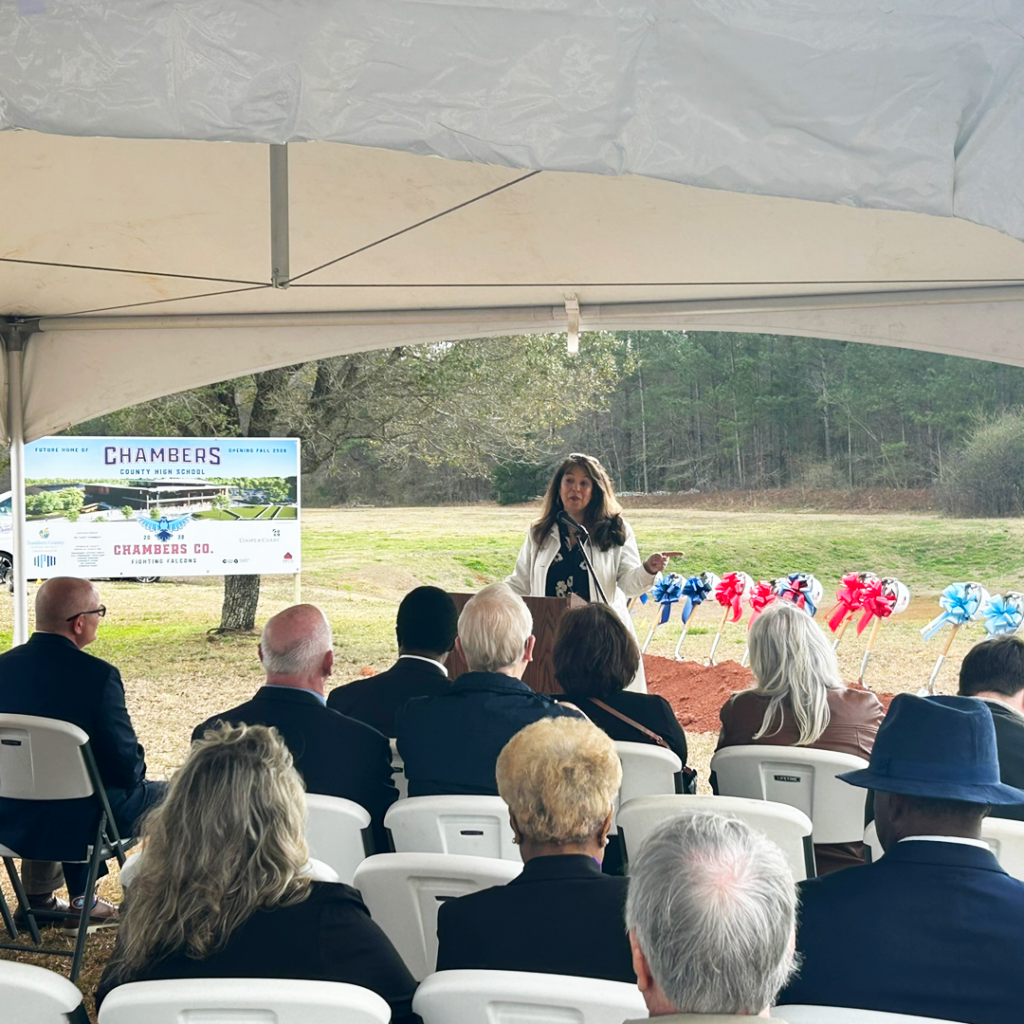HPM is thrilled to welcome Horace Dunson to the Program Development Team. An experienced educational leader, Dunson had over two decades of experience in several roles in Atlanta public schools including Deputy Superintendent of Richmond County Schools.
In his new role as Director of Program Development with HPM, Dunson’s valuable experience will offer unique insight and resources for K-12 in HPM’s upcoming planning and program management project with DeKalb County Schools as well as additional K-12 projects in Atlanta and beyond. Dunson shared more about his background and what he is most excited for in this new role below:
Tell us about your background in K-12 in Atlanta:
My background in K-12 started as a high school science teacher and football coach. I advanced quickly into school administration where I worked for many years as a high school principal. My exposure to construction services began in 1997 when I was given the task of working on the ESPLOST design/concept team for the building of a new high school in Dekalb County. This experience later evolved into a new position as Area Superintendent of High Schools for the school district. My first project in this new role was developing the concept for what became the first LEED certified high school built in the state of Georgia. My experience expanded to the role as Chief Operating Officer where I lead divisions in Facilities and Operations, Safety, Transportation/Fleet management and Athletics. Later, I served as Deputy Superintendent of Operations and Administration where I managed the day-to-day operations of all divisions of the school district.
How will your new role as Director of Program Development help to serve our clients?
Providing strategic leadership, my role serves to ensure a seamless delivery of services to our clients through all phases of program management.
What are you most excited about in transitioning to this new role with HPM?
I am most excited to work with the many specialized teams of experts at HPM to provide solutions to complex challenges. From planning services to quality control, the availability of company resources to support our clients is unparalleled in our industry.
How do you envision this role helping K-12 districts?
I have direct experience understanding the client perspective of working with program managers in my career. I’ve navigated the complex challenges K-12 leaders face in policy, budgetary restraints, and legislative barriers to provide a comprehensive capital improvement program.
What is your favorite thing about HPM so far?
The team of professionals at HPM is one of the finest I’ve had the pleasure of working alongside.
Want to learn more about HPM’s K-12 projects? Explore our portfolio page.



